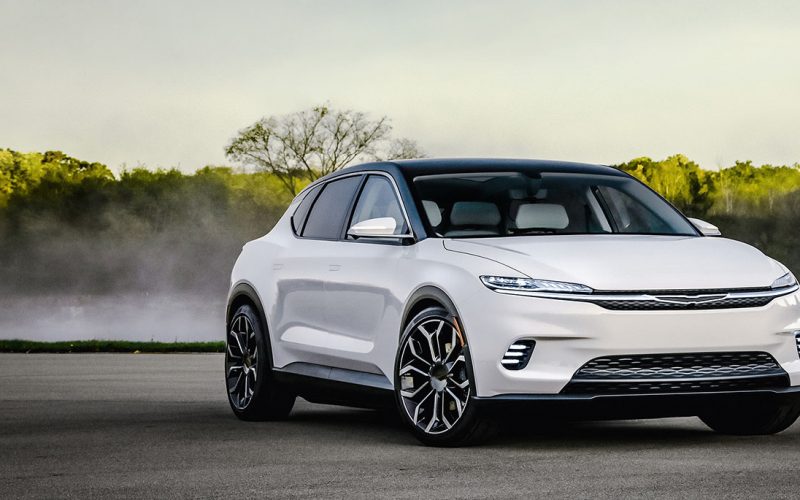
Reading Time: 8 minutesAfter the Italian-American conglomerate Fiat Chrysler Automobiles and France’s PSA Group morphed into Stellantis last year,
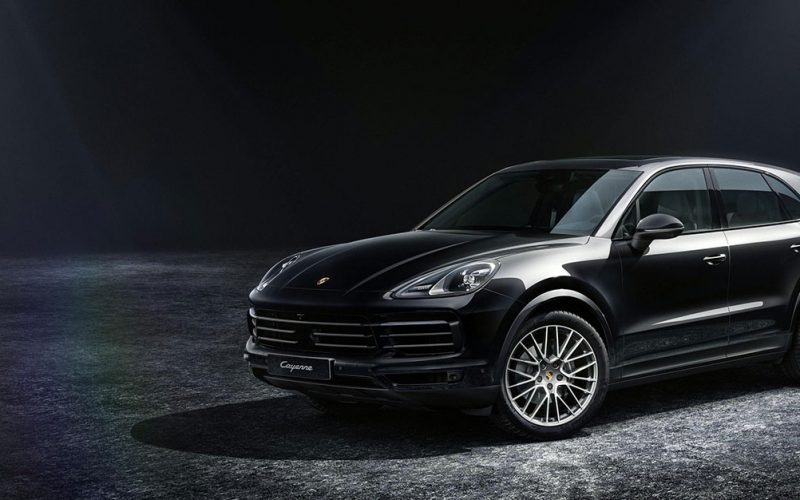
Reading Time: 3 minutesPorsche is bringing its Platinum Edition back to the Cayenne lineup for 2022, after three years
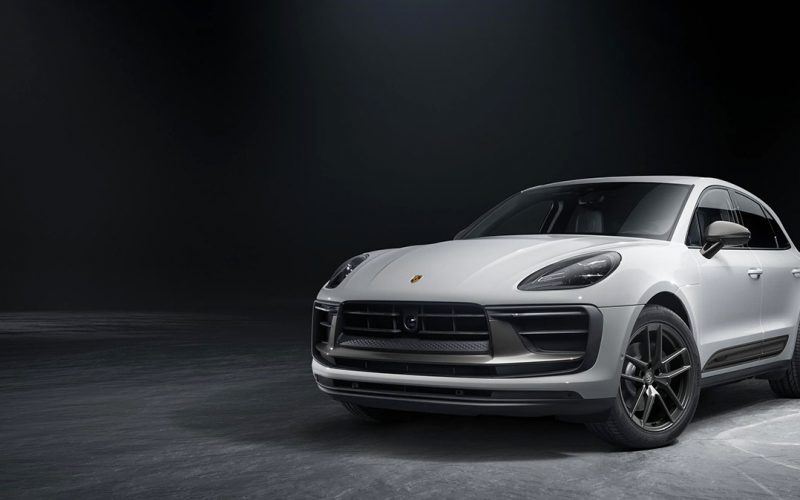
Reading Time: 5 minutesPorsche is adding a new “T” trim line to its most popular Macan model for 2023,
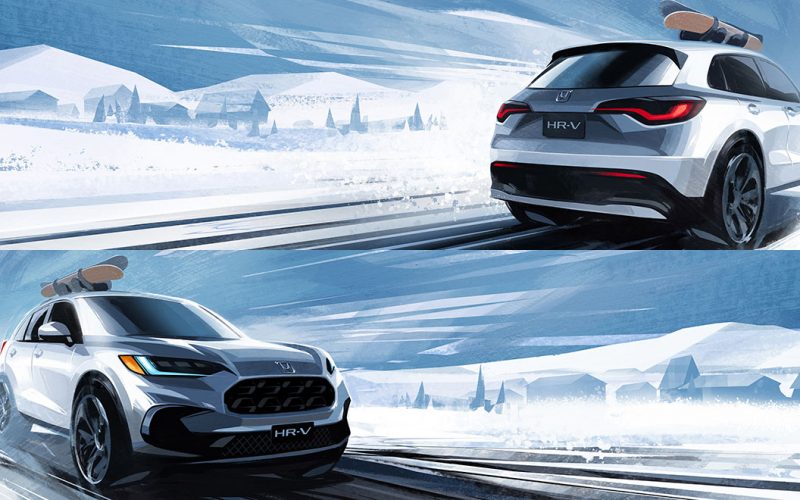
Reading Time: 8 minutesHonda is calling 2022 the “Year of the Crossover,” partially due to 2021 being the year
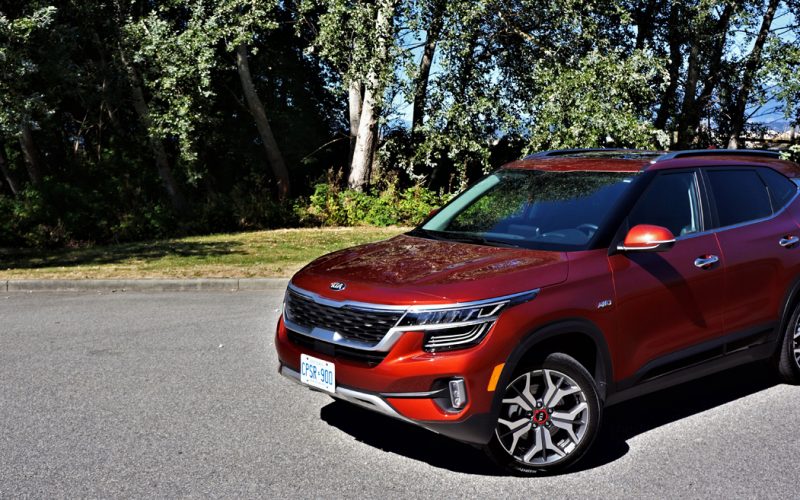
Reading Time: 13 minutesTwo weeks of living with two trims of Kia’s latest Seltos, and it’s now easy for
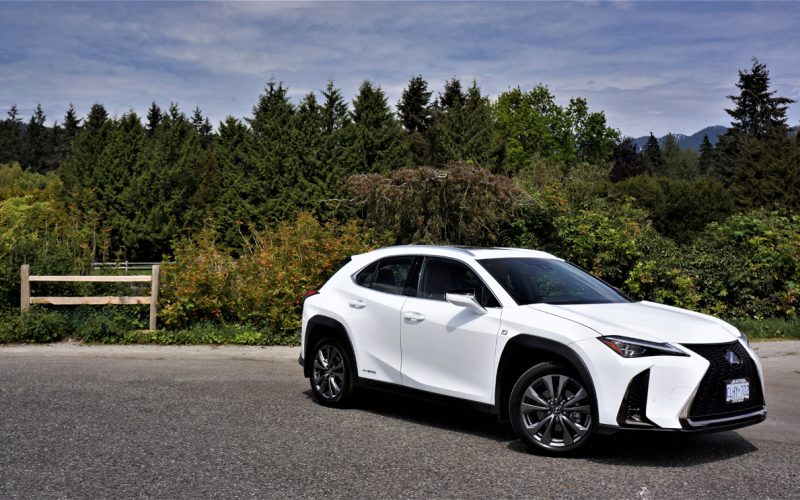
Reading Time: 14 minutesIn the automotive industry, especially the premium sector, there’s no set formula a brand can simply
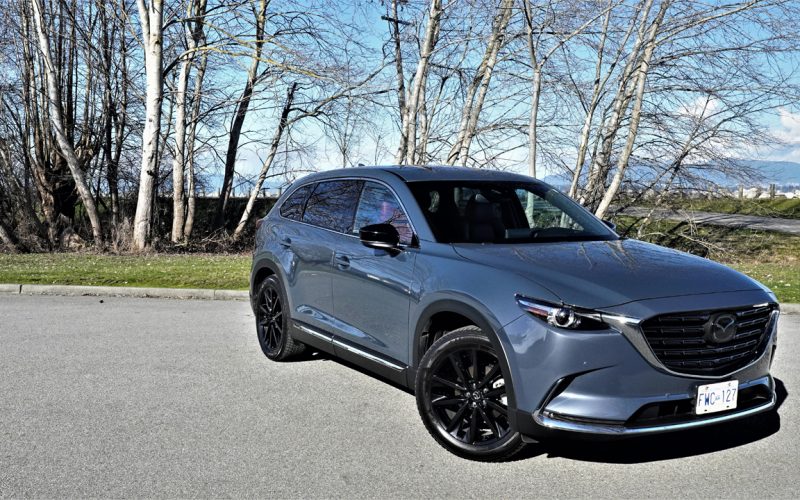
Reading Time: 14 minutesInterestingly, Mazda does much better per capita in Canada than the U.S., but this may be
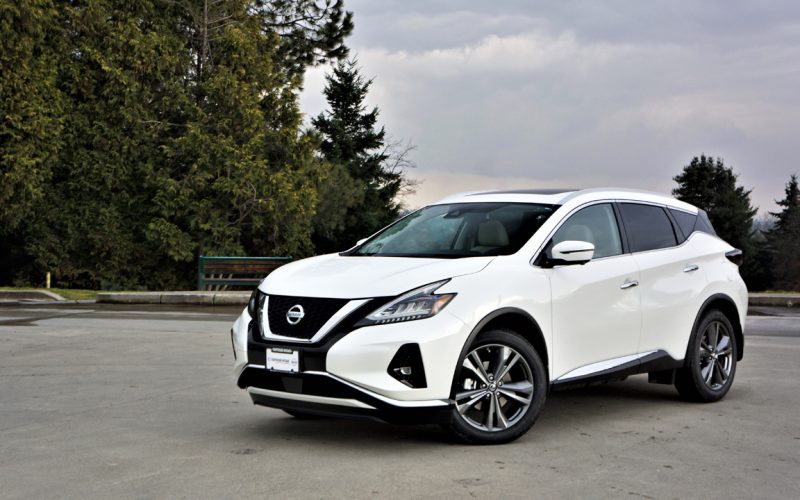
Reading Time: 17 minutesThe Murano has been with us for a long time, at least as far as crossovers
© 2025 The Car Magazine. All Rights Reserved, Privacy Policy | Terms of Use